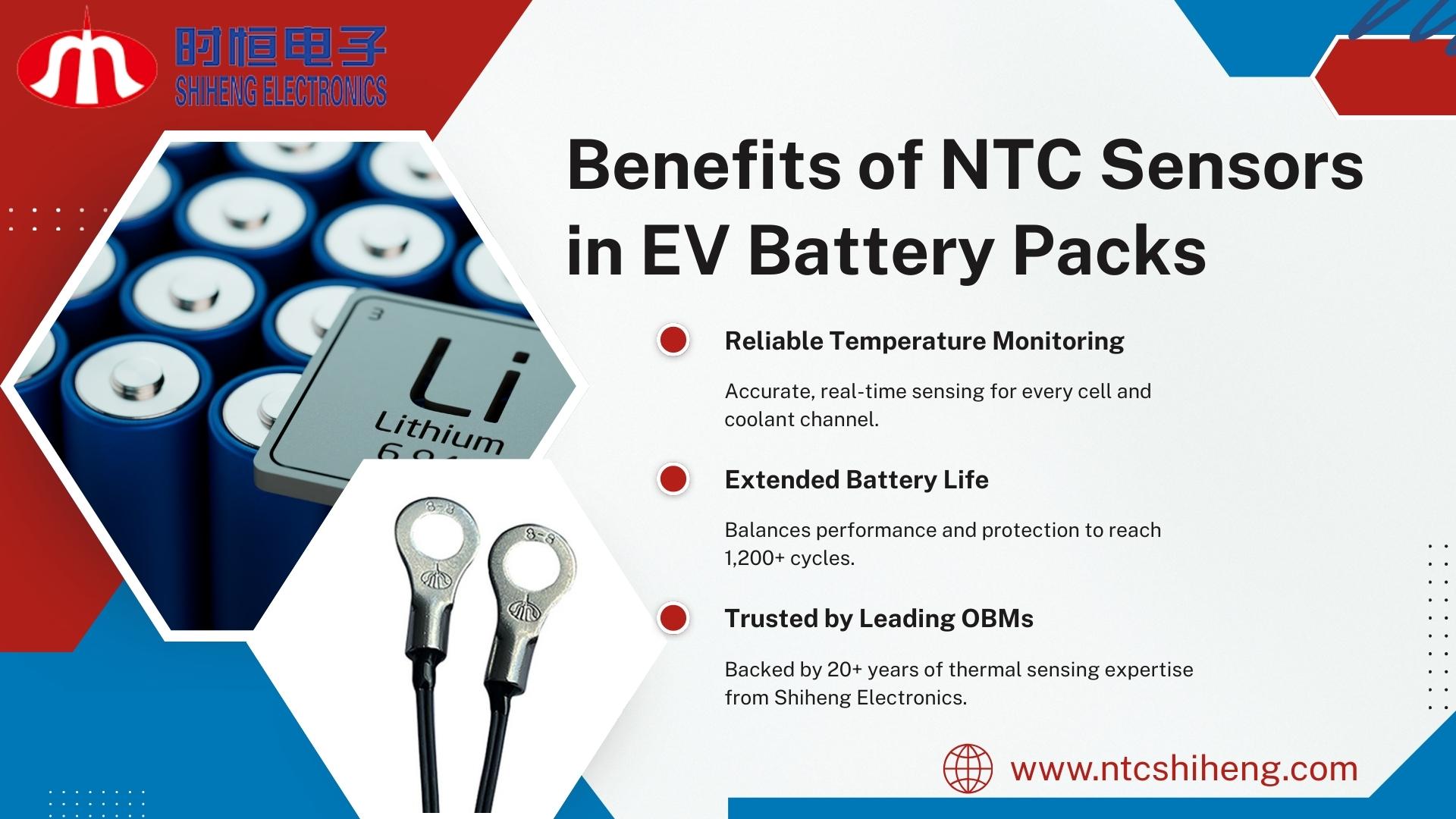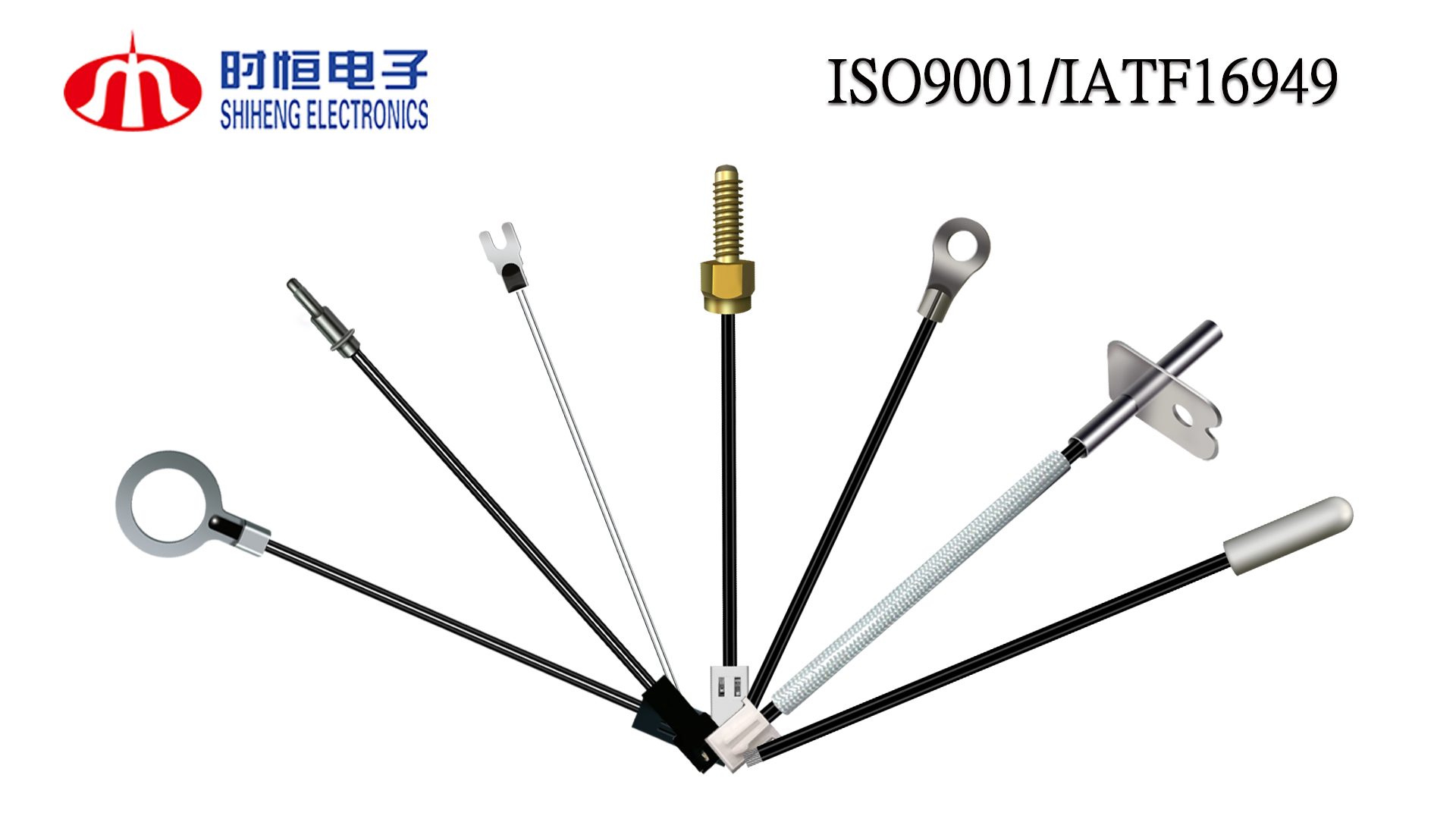Temperature Guardians in EV Battery Packs
Sep 09, 2025When it comes to electric vehicles, two concerns dominate the minds of drivers: range and safety. Both are directly tied to one critical factor — the temperature of the battery pack. Too cold, and range drops sharply. Too hot, and safety risks emerge. Inside this “energy core,” reliable NTC temperature sensors play a decisive role in ensuring performance and protection.
The Thermal Challenge in EV Batteries
Unlike combustion engines, which tolerate a wider temperature swing, lithium-ion battery packs operate within very strict limits.
To counter these problems, modern EVs use intelligent thermal management systems that heat in the winter and cool during fast charging in the summer.

NTC Sensors: Building a Multi-Layer Monitoring Network
In today’s EV battery packs, NTC temperature sensors are distributed at multiple points to provide real-time, accurate feedback:
This cell–coolant–casing tri-layer approach gives engineers precise control over pack behavior.
Balancing Range and Safety
The real value of NTC sensors lies in enabling dynamic adjustment between performance and protection.
The result? EVs can fast-charge to 80% in 30 minutes while extending pack life cycles to over 1,200 — compared to an industry average of 800.

According to IEA and EVTank, global EV sales exceeded 17 million in 2024, with a 26% CAGR over the past three years. By 2025, sales are projected to surpass 22 million, and by 2030, penetration could exceed 40%. With this rapid adoption, battery thermal safety is under global scrutiny — making high-reliability sensors not optional, but essential.
Why Shiheng Electronics?
At Shiheng Electronics, we provide precision-engineered NTC sensors tailored for EV battery systems:
With every data point, our sensors help OEMs deliver both longer range and greater safety — ensuring EV drivers have confidence on the road, in every season.